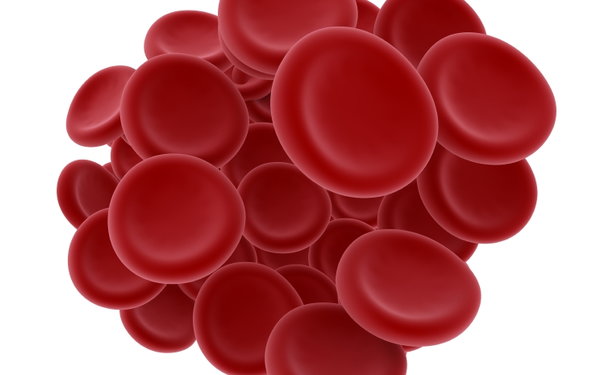Often, varicose veins and spider veins are unsightly and come with nagging symptoms such as pain. While uncomfortable, either physically or in their appearance, they can be managed/treated and patients can go on to live healthy, full lives. However, there are some instances where leg pain associated with varicose veins and spider veins can become more serious, requiring urgent care. Read on to find out what venous thrombosis is, how it can lead to serious complications, and how it can be treated.
The danger of venous thrombosis
In venous thrombosis, a blood clot forms in a vein — usually in the legs, but they can form in other areas of the body, too. The danger that venous thrombosis poses is that the clot can break off and travel through the bloodstream, pass through the heart and end up in the lungs. That can cause a serious, potentially life-threatening condition known as pulmonary embolism — when a clot suddenly blocks a lung artery. Those clots usually travel up through the bloodstream from the leg, though they can also come from the arm, abdomen, or pelvis. Pulmonary embolism can damage the lungs and other organs and can ultimately be fatal.
Where deep vein clots form
Clots that can lead to pulmonary embolism usually form in the legs, abdomen, or arms. Deep vein thrombosis (DVT), for example, is a condition where — for any of a number of reasons — dangerous blood clots forming within veins deep inside the leg or abdomen. When there's a similar clot in one of the large veins in the arm, it's called axillo-subclavian vein thrombosis. The shape of some people's skeleton and muscles predispose them to form clots in the arm.
May-Thurner Syndrome (MTS, also known as iliac vein compression syndrome) is another serious vascular condition that results in the walls of specific veins being compressed, increasing the risk of DVT.
Doctors may order a number of tests, including magnetic resonance imaging (MRI) or computerized tomography (CT) scans, to get a clear idea of the size and location of a clot.
Deep venous treatment options
Specific treatments such as blood thinners, surgical procedures, and pharmacomechanical thrombolysis have been developed to address the dangers that venous thrombosis poses. In some cases, getting treatment means the difference between life and death. Here are a number of treatments available to those suffering deep venous disorders:
Blood thinners
Often the first line of treatment in dealing with deep vein thrombosis is the use of blood thinners, medications such as Coumadin or heparin, which are also known as anticoagulants. They can prevent existing clots from getting any bigger and can also help keep new clots from forming.
They carry certain risks: In some cases, they prevent the blood from clotting properly, which can lead to uncontrolled bleeding. People taking anticoagulants are usually tested periodically to make sure their blood can still clot enough to prevent excess bleeding. And for up to three-quarters of all patients suffering from axillo-subclavian vein thrombosis (a clot in a large vein in the arm), blood thinners lead to chronic disability, persistent swelling and pain.
Filters, surgery, and stents
Some people can't tolerate blood thinners. Also, some patients being treated with blood thinners may still form clots. For those people, surgically implanted filters can at least prevent the clots from reaching the lungs, if they should happen to break away from where they formed.
Depending on the location, size and cause of a clot, sometimes surgery is required. If the clot is being caused by abnormal anatomy, sometimes surgery is required to remove bone or muscle that is pinching the vein.
A stent is a tiny, mesh-like tube that holds a vein open. Sometimes a stent is implanted in combination with the surgical removal of a clot, either during the surgery or afterwards. For patients suffering from acute venous thrombosis from a clot in the leg, abdomen, or arm, surgical implantation of a stent expands, supports and facilitates blood flow through the vein. The stent is compressed when it is first guided into the vein and then, once it's in place, it expands to fill the vessel.
The stent stays inside the vein to permanently continue to maintain healthy circulation through the vein. An alternative to the use of a stent is surgically patching a vein open.
Thrombolytics
Dangerous clots that can form within blood vessels can be disintegrated using a technique called thrombolytic therapy. Thrombolytics are powerful medications that can provide life-saving intervention in situations where blood clots put the patient's life a risk. That's because if a clot is large enough, it is possible for it to travel to vital organs and become lodged in ways that can cause a heart attack or stroke. Thrombolytics are delivered intravenously — sometimes directly into the clot itself. Because thrombolytics are so powerful, they're only given to hospitalized patients, usually in the intensive care unit.
Reviewed February 7, 2017


